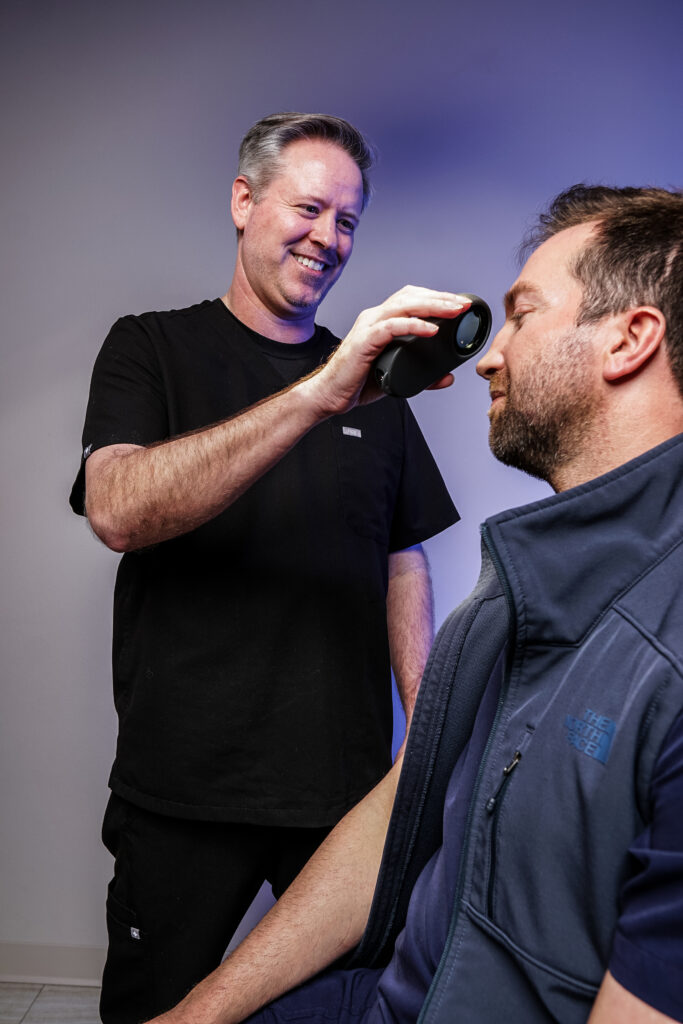Advanced Dermatology Care offers a full line of Medical Services. The skin conditions listed below are some that we most commonly treat. If you have any questions about the following conditions, contact us with any questions, comments, or concerns regarding either our cosmestic services or medical skin treatment services.

Melanoma is the most serious type of skin cancer. When found early, however, it is highly treatable.
Who is at risk for Melanoma? While anyone can develop melanoma, some people have a higher risk than others, including those with:
So, how does a Dermatologist diagnose Melanoma?
If you or your dermatologist find a suspicious mole or growth, your dermatologist will perform a skin biopsy. A biopsy is the only way to tell whether you have melanoma or another type of skin cancer.
A skin biopsy is a simple procedure that a board-certified dermatologist can do in the office using local anesthesia. To perform a biopsy, your dermatologist will numb your skin and remove all or a part of the growth. This growth will be examined under a microscope.
How does a Dermatologist treat Melanoma?
Your treatment will depend on how deeply the melanoma has grown into your skin, whether the melanoma has spread to other parts of the body and your overall health.
Treatment often starts with surgery. In its earliest stage, melanoma grows in the epidermis (outer layer of skin). Your dermatologist may refer to this as melanoma in situ. Your dermatologist will want to remove all of the cancer. Surgical treatment options include: Excision or Mohs surgery.
Skin cancer, one of the most prevalent types of cancer, affects more than one million Americans a year. Risk factors include fair skin, blonde or red hair, blue or green eyes, family history of skin cancer, weakened immune system, prior radiation therapy, or exposure to certain chemicals. Regular skin exams are essential for those at risk of this common form of cancer.
Moles are common and some people develop hundreds. While some moles are benign, others can be atypical and may need to be monitored. Melanoma, the deadliest type of skin cancer, can develop in or near a mole. If a mole seems worrisome, displays one or more of the ABCDEs (asymmetry, border irregularity, color variation, diameter> 6mm, or is evolving), or is new and looks unusual, it may need to be evaluated by a dermatologist.
Acne can affect all age groups but is most common in teenagers and young adults. While the exact cause is not known, excess oil, clogged pores, bacteria, and inflammation all seem to play a role. Hormones during adolescence can cause an overproduction of sebum, which can clog the pores of the skin causing comedones (whiteheads and blackheads). Pacnes, a bacteria normally found on the skin, flourishes and causes inflammation. Some acne, even less severe cases can lead to scarring.
Warts that are bothersome, painful, or spreading may need to be treated. Just as some people catch colds easily, some people may be more likely to catch the wart virus.
Rosacea is a common skin condition that starts with a pronounced flush or blush in the cheeks. It can progress to persistent redness in the face, with the development of tiny blood vessels or spider veins, small red bumps, or pustules. Some forms of rosacea can affect the eyes as well. While prescription medication may be helpful, daily sun protection is important because sun exposure seems to be the most common trigger. A laser procedure is available that can help with the persistent redness and the blood vessels in the face.
Psoriasis is a chronic skin disorder that can affect any part of the body. While research shows the immune system plays an important role, for psoriasis to appear, it seems a person must inherit the right mix of genes and be exposed to a trigger. Some people who have psoriasis develop psoriatic arthritis, characterized by swollen, stiff, and sometimes painful joints. While there is no cure for psoriasis, there are treatment options to help control it.
Hand rashes are extremely common. Many people develop dry, chapped hands that become patchy, red, scaly and inflamed. Possible irritants may exacerbate the condition including overexposure to water, too much dry air, soaps, detergents, solvents, cleaning agents, chemicals, rubber gloves, and ingredients in skin care products. Sometimes it may be from an allergy to an external substance and a patch test may be necessary to determine the cause.
One of the most common forms of eczema is atopic dermatitis. For 60% or more, atopic dermatitis begins during the first year of life, and at least 80% have the condition before age 5. Fortunately, many children with eczema find that the disease clears and often disappears with age.
PRP (platelet-rich plasma) is concentrated blood plasma that contains five times the number of platelets found in normal circulating blood. The platelets contain growth factors that promote the regeneration of cells. Utilizing PRP injections in areas of hair loss will stimulate new growth, increase hair thickness, and prevent hair loss. Patients generally receive a series of three to four hair loss treatments at four to six-week intervals and then yearly maintenance injections.
PDT, or photodynamic therapy, is an in-office skin care treatment done for actinic keratosis. Actinic keratoses are areas of sun damage that studies have shown have a 10% chance of developing into a skin cancer in an average of two years. During the skin care treatment, a chemical is applied to the affected area. After an incubation time, the skin is exposed to a blue light which activates the chemical to destroy the sun-damaged cells.